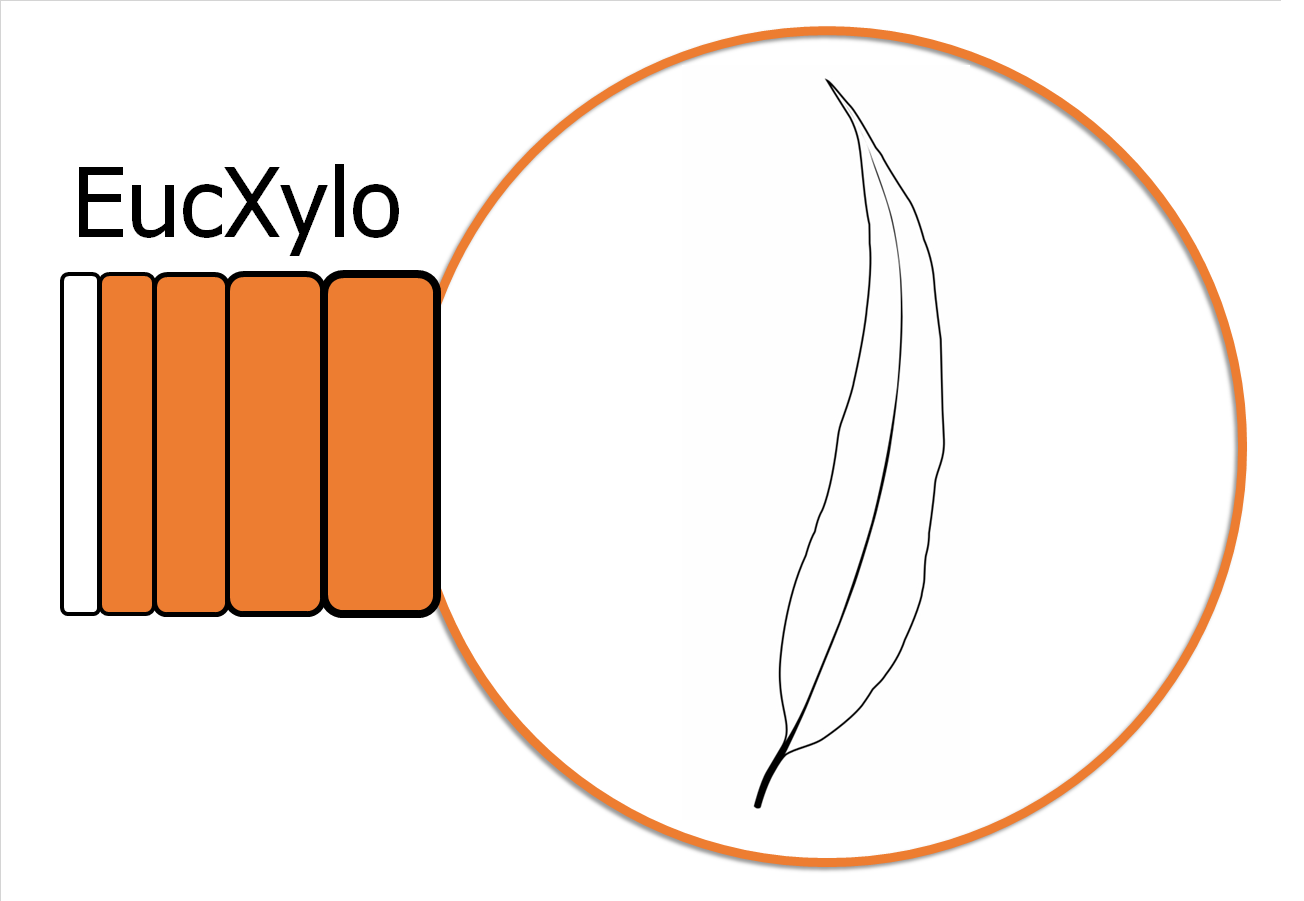
The Hans Merensky Chair in Advanced Modelling of Eucalypt Wood Formation
Understanding xylogenesis in the world's most widely planted hardwood species
[:en]Embedding and sectioning success[:]
[:en]Post authored by Ph.D. candidate Rafael Keret
The sectioning and visualization of plant stems under a microscope can prove quite challenging. These challenges arise due to the complex tissue structure present in plant stems, that comprise of diverse cell types that all possess different structural and chemical characteristics. When it comes to sectioning this diversity can prove troublesome as the microtome blade has to pass through a non-homogenous cell type, and this inconsistency may lead to structural collapse as rigid cell types can push through the softer cells. Figure 1 illustrates vessels and ray parenchyma that have collapsed as a potential consequence of the rigid xylem fibers pushing across the section and rupturing the cell walls.

To mitigate these issues and obtain high quality sections of plant stems, rigorous optimization of infiltration, embedding and sectioning protocols are necessary. Fortunately, EucXylo received a visit from a seasoned laboratory technician who works at the University of Freiberg, Melchior Schliephack (Figure 2). On a daily basis Melchior and Co work in the laboratory to process and section micro-cores from trees such as Douglas-fir, Spruce, and Pine. Considering Melchior’s experience on the topic, he has been lending a hand at the Department of Forestry and Wood Sciences in Stellenbosch, to improve the sectioning protocols in place for Eucalyptus. Since the wood formed in Eucalyptus is quite different from the trees that Melchior commonly works on, this process required some trial and error.

In collaboration with Chantelle Venter at the Department of Physiological Sciences, Rafael and Melchior made various changes to the existing infiltration protocol, by firstly increasing the infiltration time and vacuum steps on the Leica – HistoCore Pearl – Tissue Processor. These alterations were implemented in an attempt to improve the infiltration of the paraffin wax into the plant stems. Subsequently, once the stem segments were embedded in paraffin wax (Figure 3 a, b), these were subject to a 2-week softening period, prior to sectioning (Figure 3 c). The purpose of the softening step is to homogenously soften the cells to enable the microtome blade to seamlessly pass through the sample. The final parameter that was added to the protocol was to keep the samples chilled prior to sectioning, to enhance the rigidity of the paraffin wax matrix.

The final result… Success! Melchior and Rafael applied this adapted protocol on Eucalyptus grandis stem segments (Figure 4 a, b, c). These sectioning images depict the absence of vessel rupture and fewer cases of broken ray parenchyma cells!
 [:]
[:]